Book choices for today:
Spiders Kevin Holmes
Spiders Trudi Trueit
Black Widow Spiders Julie Murray
Zoology: (first circle)
Need for lesson – Pictures of invertebrates and/or spiders.
Zoology 31
Boys and girls, we have talked about how scientist took all the animals on the earth and put them into groups. Two main groups of animals are the vertebrates and the invertebrates. What does it mean when we talk about vertebrate animals? Animals with a backbone. We have learned about five groups of vertebrates. What are they? Now we are going to start to talk about those animals that do not have a backbone. They are the invertebrates. These animals are also put into different groups or kinds. Some groups of invertebrates are mollusks, annelids, insects, and arachnids. We are going to start with spiders. Spiders are invertebrates. They belong to the arachnid group of invertebrates. Scorpions and ticks also belong to this group. Arachnids have two body segments, eight legs, no wings or antenna, and they cannot chew. There are over 30,000 different kinds of spiders! Spiders have an exoskeleton, which means that their skeleton is on the outside. They have either six or eight eyes!
Spiders are not able to chew or swallow, so how is it that they eat? Spiders inject a venom, or poison through their fangs and into the insect or other creature they eat. This causes the creature to turn to liquid and then the spiders can suck the liquid up. Most spiders poison will not harm people because it is quite weak. There are a few spiders with poison strong enough to cause pain or nerve damage to people. These spiders include the Black Widow and the Brown Recluse. Not everyone likes spiders. Some people are afraid of spiders. It is called arachnophobia if someone has a fear of spiders. How do you feel about spiders?
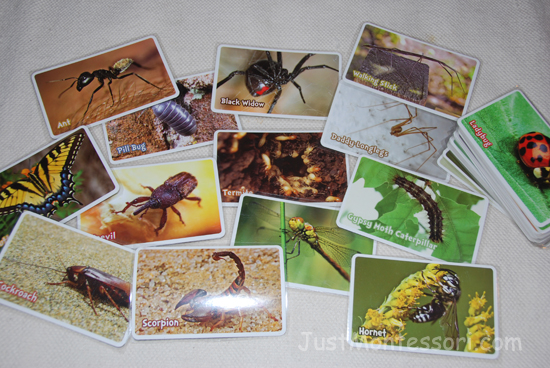
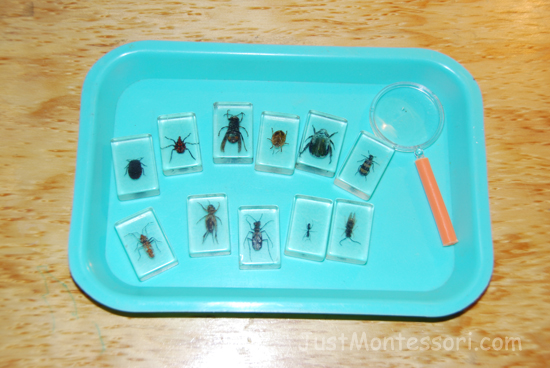
Additional Works:
Parts of a Spider – Children can make a booklet showing the different parts of a spider. Isolated parts are colored in red.
Spider Matching – You can use stickers or other pictures to make a matching work and it can also be a concentration game.
Spider Counting 1-10 – I made these cards with a web on them and numbered them 1-10. Children can count out the spiders onto the webs.
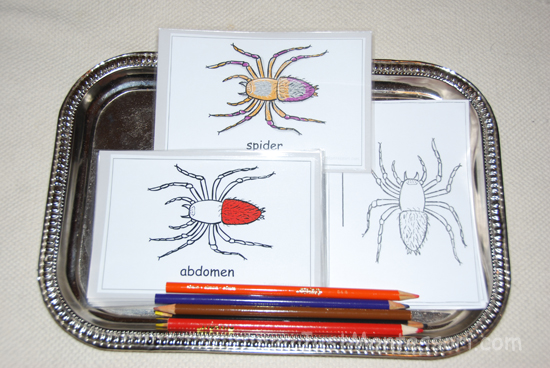
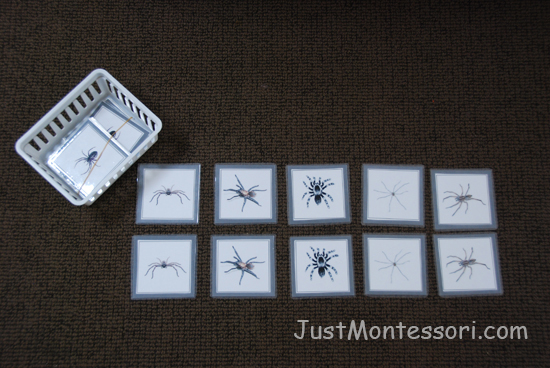
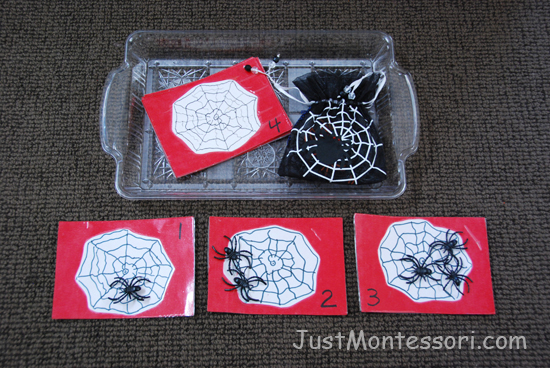
Songs/Poems:
The Spider Poem by Cheryl’s Sweethearts Childcare
Spiders are not insects, they have eight legs.
Spiders have four pairs of eyes, spiders hatch from eggs!
Spider webs are sticky, they weave them so tight!
Spiders spin that silky string, spiders weave webs right!
Spiders by Janet Bruno
Spiderlings hatch from eggs.
Each one has eight tiny legs.
A spider has more yes than you,
Most have eight, you have two.
A spider has two body parts.
Across its web it quickly darts.
From a spider’s spinnerets
Sticky spider silky jets.
Spiders feel the frantic tugs,
Of their favorite food: its bugs!
Geography: (Second Circle)
Need for Lesson – Pictures of places, food, and animals of Asia. Have a review of Asia and discuss some of the pictures.

Additional Work:
Animals of Asia Booklets – I found some animal pictures and copied them to make little booklets. The children take one picture of each animal, color it, and then staple them into the yellow booklets. They stamp the continent of Asia on their booklets and write their names.
Animals of Asia Booklets – These are from MontessoriPrintShop.com. I staple the pictures into little booklets and made a list of the animals for children to use as they write the names of the animals in the booklets.
Map of Asia – All of the continents have map print outs that the children can color.
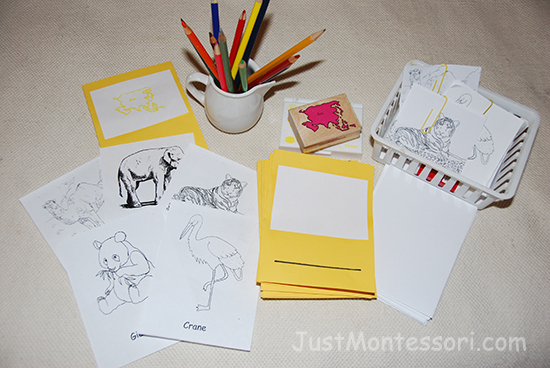
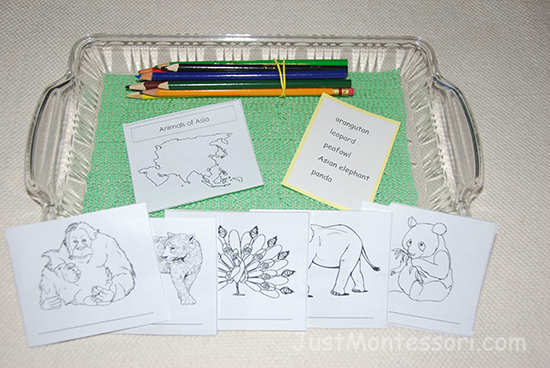
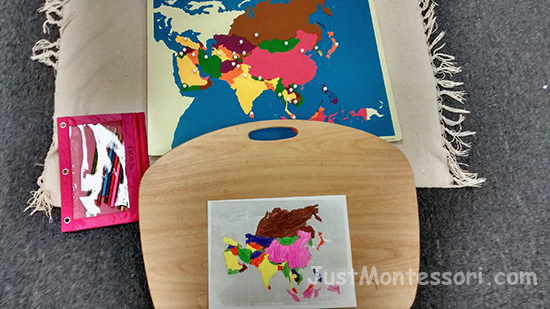
Art:
Pandas
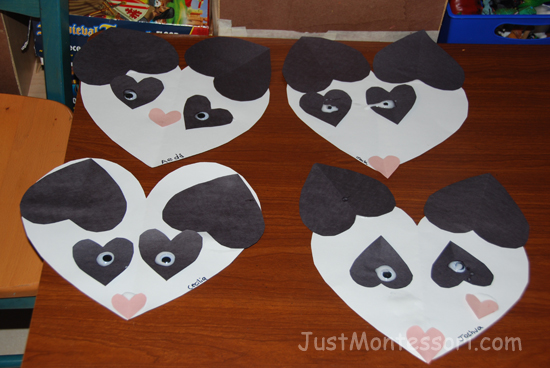
Song (CD) choices for today:
There’s a Spider on the Floor Raffi
-
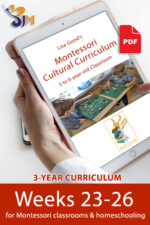 (G) Weeks 23-26$25.00
(G) Weeks 23-26$25.00


